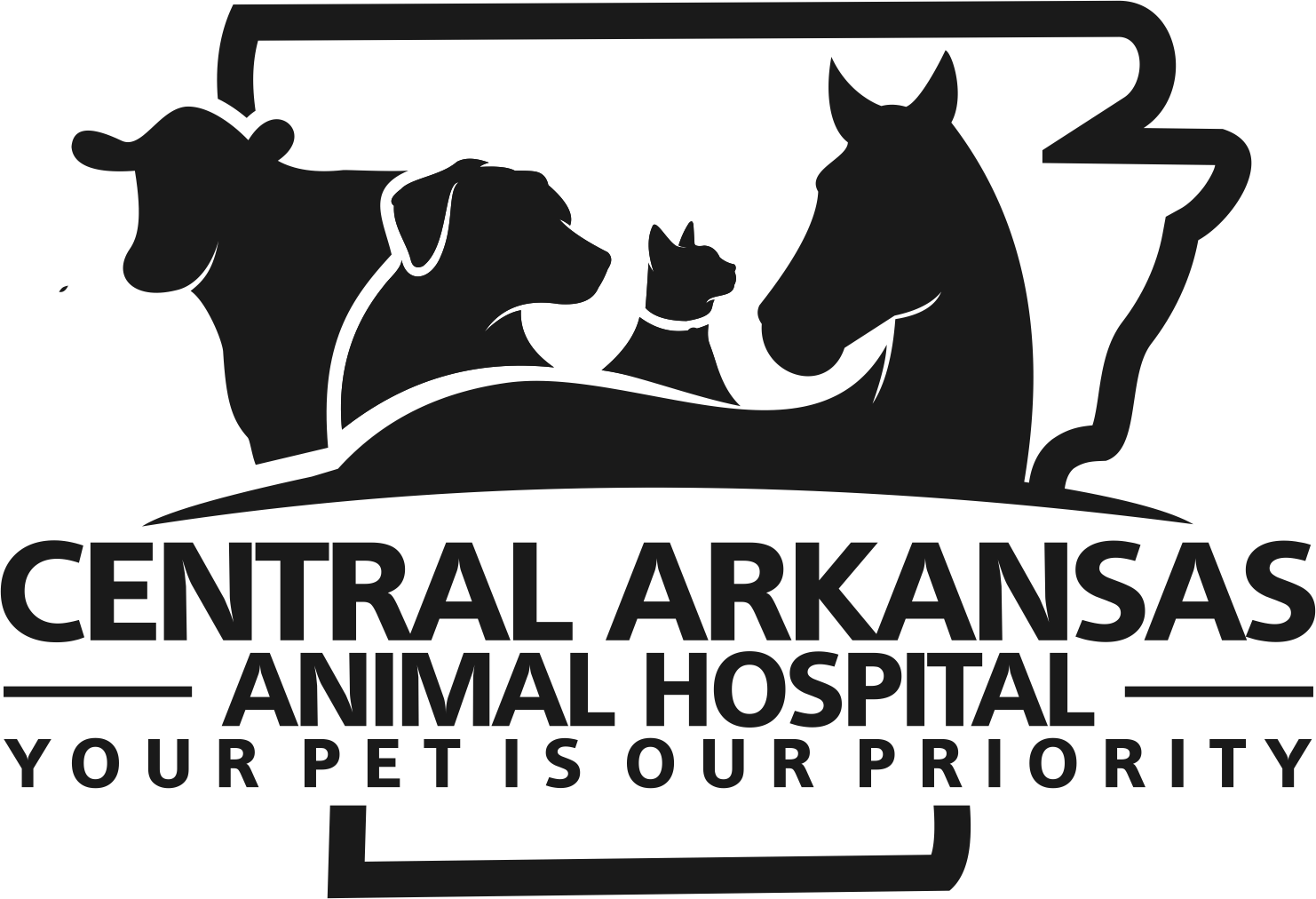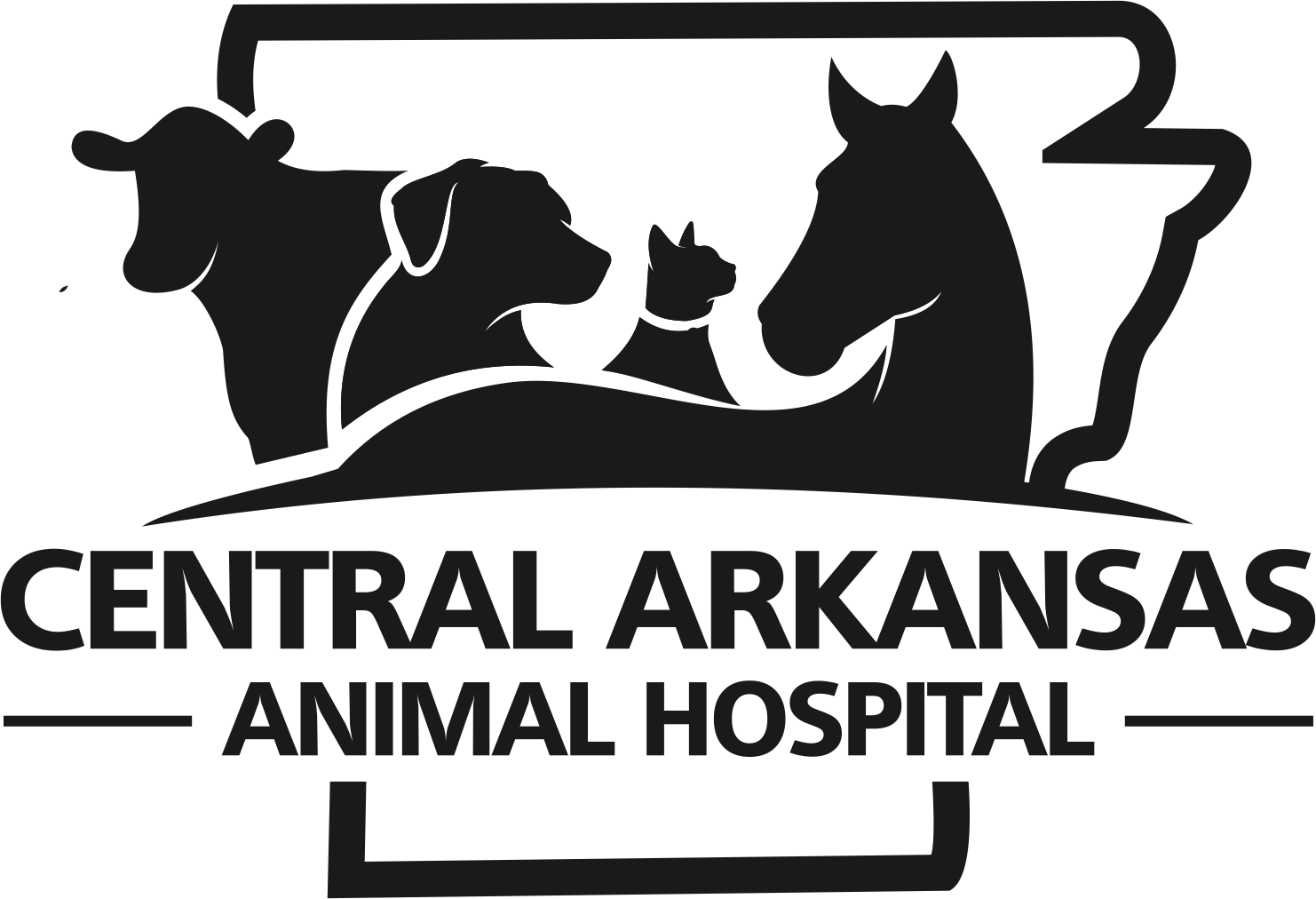Library
-
Eclampsia in dogs is an emergent condition of hypocalcemia that generally occurs one to four weeks after whelping but can also occur shortly before giving birth. Risk factors include a poor diet, small breed dogs, abnormal parathyroid gland, and calcium supplementation during pregnancy. Signs of eclampsia start as restlessness, panting, and stiffness and can progress to disorientation, tremors, inability to walk, and convulsions. Treatment includes intravenous fluids, careful intravenous calcium supplementation, and other supportive medications. This is followed by oral supplementation and weaning puppies as soon as possible or supplementing their diet with milk replacer.
-
Ultrasound Examination in Dogs
La ecografía es una técnica de diagnóstico por imagen que permite visualizar estructuras profundas del cuerpo mediante el registro de ecos procedentes de ondas ultrasónicas dirigidas hacia los tejidos. A diferencia de los rayos X, que son potencialmente peligrosos, las ondas ecográficas se consideran completamente inocuas.
-
Ectopic cilia can be an irritating eye problem for many dogs. Growing abnormally through the conjunctiva (the pink part of the eye), they come into contact with the cornea and can cause chronic discomfort to the eye and corneal ulceration. Surgery is necessary to help to correct the problem and help dogs live a more comfortable life. The prognosis for surgical correction of this condition is generally good.
-
An ectopic ureter is an anatomical defect that is present at birth in some dogs. In a dog with ectopic ureters, the ureters do not attach to their normal location in the bladder. Dogs with ectopic ureters may dribble urine or be prone to frequent bladder infections. Signs, diagnosis, treatment, and prognosis are discussed.
-
Egg binding is not uncommon in birds and may be resolved easily if treated early; if not, the bird may become critically ill. Egg binding occurs when the female bird is unable to expel the egg from her body. Egg-bound birds are usually weak, not perching, often sitting low on the perch or on the bottom of the cage and are straining as if trying to defecate or to lay an egg. Treatment varies depending upon how sick the bird is, as well as the location of the egg and the length of time the bird has been egg bound.
-
Egg yolk peritonitis is commonly diagnosed in laying hens when yolk from a developing egg or an incompletely shelled or ruptured egg is deposited within the body cavity rather than passing normally from the ovary, into the oviduct, and then out of the body as a fully shelled egg. The yolk material that is released into the coelomic cavity causes inflammation of the peritoneum and typically the development of fluid within the coelom. Affected birds will often stop laying, become less active, have distended abdomens, and have difficulty breathing. Veterinarians diagnose egg yolk peritonitis through a combination of physical examination findings, blood testing, and imaging with radiographs or ultrasound. Treatment is supportive, with supplemental feeding, anti-inflammatory medication, antibiotics, hormones to prevent further egg laying. With more advanced cases, oxygen therapy and fluid drainage from the abdomen may be necessary.
-
Ehrlichiosis in Dogs
Es una enfermedad transmitida por garrapatas y producida por ciertas bacterias (Rickettsiae) que invaden los glóbulos blancos circulantes. Se sabe que existen varias especies de Ehrlichia que infectan a los perros, pero generalmente la ehrlichiosis se debe a la infección por E. canis, una especie patógena que se encuentra en muchas zonas tropicales y subtropicales del sur de Europa y el Mediterráneo.
-
Ehrlichiosis is a tick-borne bacterial (Ehrlichia) infection spread by the brown dog tick found in many areas of North America. There appear to be three stages of disease: acute, sub-clinical, and chronic or clinical. Abnormal findings on initial lab work include thrombocytopenia, anemia, hyperglobulinemia, and proteinuria. In-clinic ELISA tests can be used to screen for exposure but will be negative if the infection is new. Blood can be sent for PCR testing to demonstrate infection and to determine the species of Ehrlichia. Prevention includes minimizing exposure to ticks and use of tick prevention medication regularly.
-
Uno de los inconvenientes de tener una perra es que entra en celo cada 4–14 meses dependiendo de la raza. Los perros miniatura y de razas pequeñas tienden a madurar más temprano y a ciclar con mayor frecuencia que las razas gigantes, pero la mayoría de las perras cicla cada 6 meses.
-
An electrocardiogram, or ECG, is a test that is used to assess the heart. More specifically, an ECG records the transmission of an electrical impulse through the heart. This test is not painful and is typically performed as an outpatient procedure. Analyzing the electrical impulses produced as the heart beats can help identify a number of different abnormalities within the heart.


